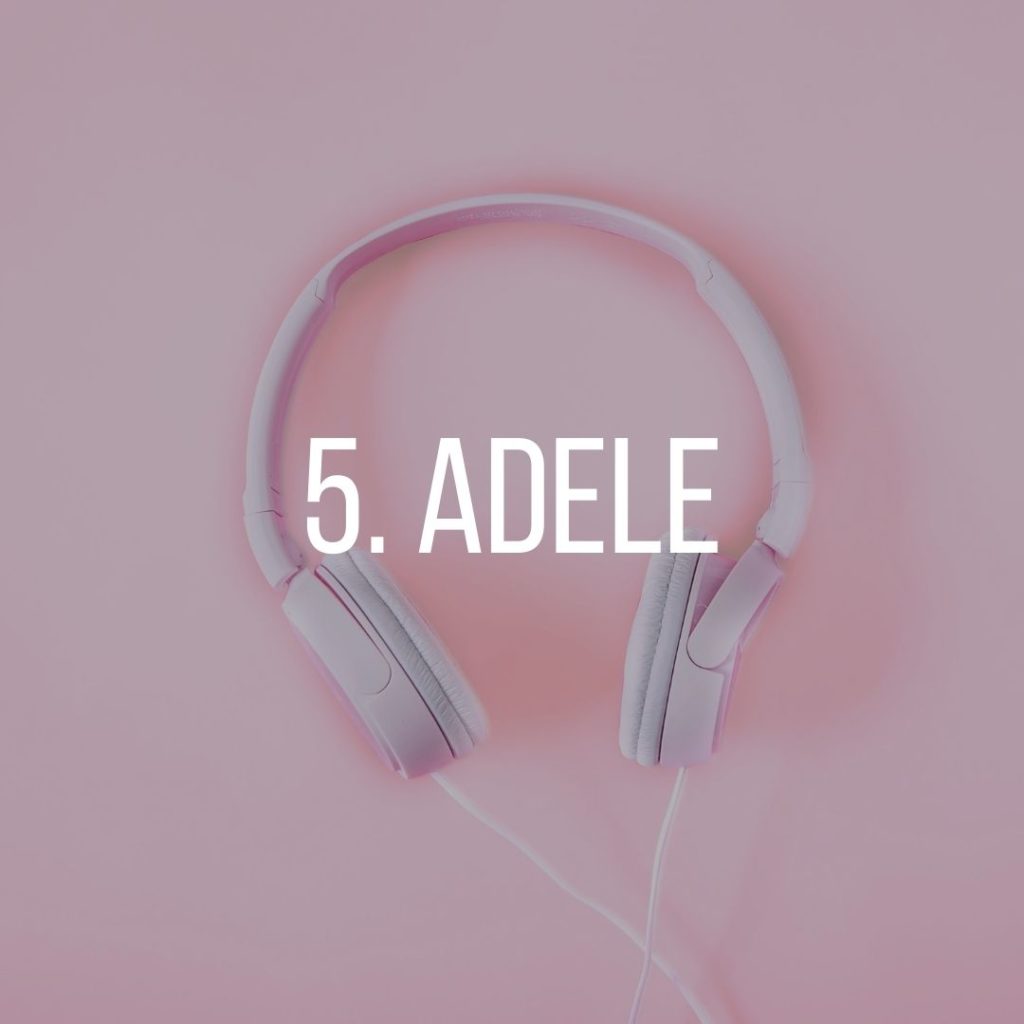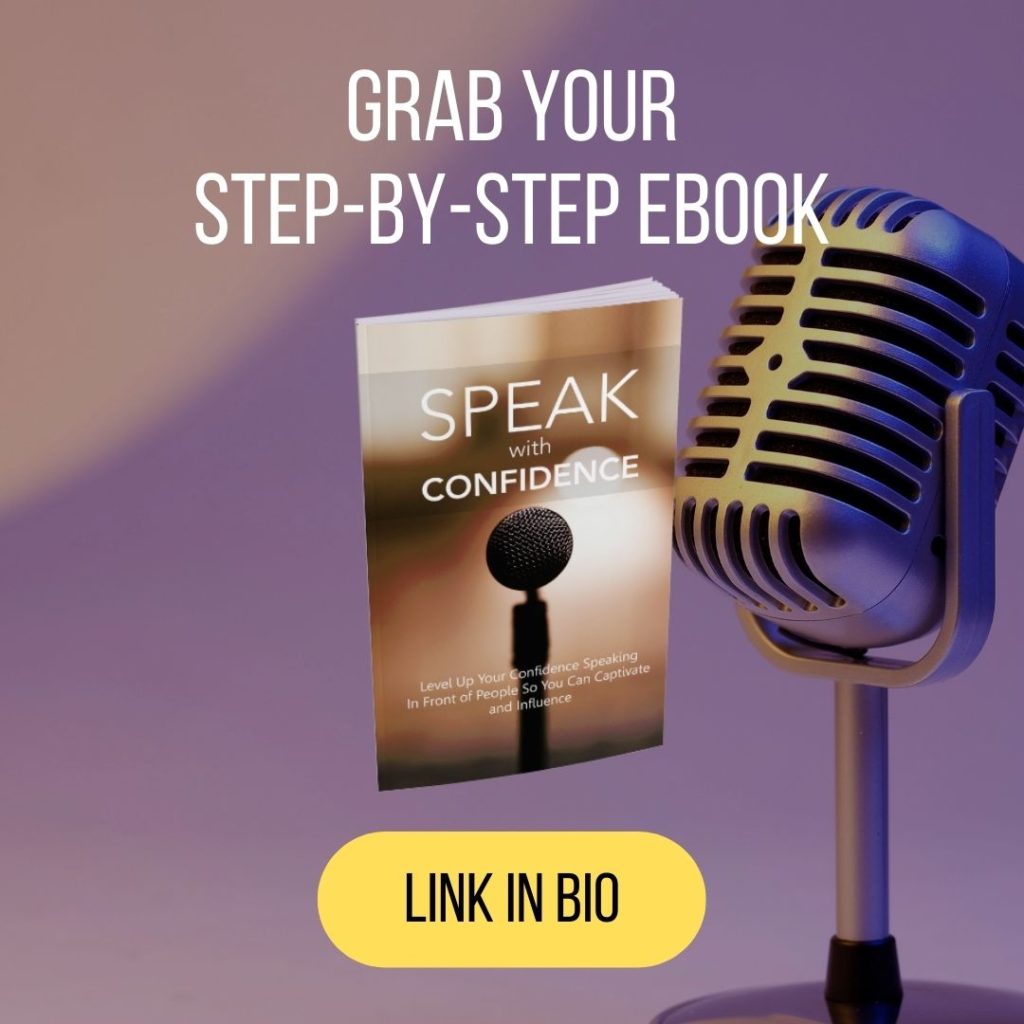SPEAK WITH CONFIDENCE DO YOU MAKE THESE MISTAKES
The most common mistakes people make when speaking
Why you should research your audience before making any type of speech or presentation
How to clam your nerves – without resorting to drugs or alcohol!
How to practice your delivery so you sound confident every time
And a whole lot more besides!
Of course, if you want to get a head start on all this, I’ve put together a no-holes-barred manual that explains everything in detail. You can find out all about it here: [link to sales page].
So why is important to speak with confidence?
Put simply: When you don’t speak confidently, people won’t take you seriously. You see, lack of confidence is a sign of insecurity. This raises the question in peoples’ minds: What is he/she insecure about? They might then go on to ask: Are they lying? Are they stupid? Have they got something to hide?
The answers might be “nothing” to the first question and “no” to all the rest, but having given the wrong impression from the get-go, you’ll have one heck of a hill to climb to persuade them otherwise.
With the tools I’m going to equip you, you’ll be well on the way to speaking with confidence.
I want to cover some of the most common mistakes people make in speaking. The sad fact is: Most people don’t realize they’re making them.

To start with…
Have you ever, like, you know, listened to somebody making umm, a really hesitant, erm presentation, and erm, you know, not sounding like they know what they’re talking about, and erm haven’t you, umm, you know, found it really ANNOYING!
Using filler words like “you know” as well as “erm” and “umm” is probably the most common (and irritating) mistake people make. When you’re wondering what to say and looking for the next word, it’s best to simply say nothing. Apart from being less annoying, it will also make you appear more thoughtful and contemplative, as if you’re choosing your words carefully.
Another mistake is speaking louder than necessary. It’s as if the speaker thinks that by raising the volume, they’ll get their message through. Wrong! It just screams insecurity (pun very much intended). Instead, use a voice that’s loud enough to be heard, but not louder.
Likewise when people feel nervous or insecure, they tend to speak too fast – it’s almost as if they’re trying to get what they have to say over and done with ASAP. Slow down! Set a pace in your mind, or tap your foot to keep time like you’re singing a song.
Not making eye contact screams “I’ve got something to hide”. If you’re speaking to a group, pick one or two people in the audience and look at them instead of the audience as a whole. Shift your gaze between them every so often – just so you don’t seem like you’re staring.
Finally, straying off topic is another no-no. When you just waffle, it dilutes the message you’re trying to put across and listeners will come away without a clue of what you’re talking about. Stick to the point.
PS. I’ve some more tips in my guide to speaking with confidence. Find out all about it here SPEAK WITH CONFIDENCE.
Who do you think you’re talking to?
When you’re giving any type of prepared talk – be it a lecture, sales pitch or presentation, it’s crucial that you research your audience so that you know who you are going to speak to.
Why is this important?
Well, unless you know who your audience is, there’s a good chance you won’t get your message across effectively. As I once heard it put: It’s like speaking Urdu to a Frenchman. You might be perfectly clear about what you’re saying, but if your audience doesn’t understand a word of it, you’re not going to get your point across very effectively – it at all.
So research your audience. Think about what sort of language they speak, their level of education and so on. How old is your audience, and how long will their attention span be? Young children and seniors tend to have shorter attention spans than people in mid-life. If you’re speaking on a technical subject, will your audience understand the terminology and jargon?
All this allows you to tailor your words and phasing to suit your audience – too complicated and they won’t understand, to simplistic and they’ll be bored.
Likewise, what’s their sense of humor? Are they seriously minded, or will throwing in a joke or two help to ease things along?
What are their political affiliations? If you’re addressing a Donald Trump rally, it’s probably not a good idea to praise Bernie Saunders (and vice-versa). In fact, unless you know your audience well, it’s best to steer clear of politics altogether.
Ideally, you should come up with an “average citizen” type of picture for your audience members and basically phrase your speech or presentation like you’re talking on-on-one to them.
Oftentimes, people get nervous addressing a new bunch of people because they don’t know much about them, and have a fear of the unknown. By finding out as much as you can beforehand, you can lay that fear to rest.
PS. Don’t forget your copy of my guide to speaking with confidence. It’s waiting for you here: SPEAK WITH CONFIDENCE
.

When less is more
In the city where I live there’s an “oldies” radio station I listen to sometimes when I’m feeling nostalgic. The other day, they played a song called “Silence is Golden”. Originally this was a hit for the Four Seasons back in 1964, but the version they played was by the Tremeloes from 1967. Both way before my time, but I’m told this latter version was a big hit back in the day.
Although the lyrics aren’t really applicable to what we’re talking about here, the title of the song IS relevant.
Like we were talking about the other day, a lot of people fill pauses in any unscripted speech or presentation with waffle and filler words like “you know”, or veer off-topic. The latter point usually starts as a lame exercise in explanation by way of analogy. I’m sure you’ve been there when somebody just isn’t putting their point across in a presentation and begins to dig themselves in even deeper by saying something along the lines of: “You know, that’s kinda like…” and before you know it, they’re so far off-topic, you need a GPS to find your way back.
The best advice I was ever given on how to give a presentation was: Get up, speak up, shut up, sit down. Which is true to a point.
You also need to put in pauses to give your audience time to register or digest what you’re saying. This is particularly true when you’ve just made an important or profound point. Give them time to pause for thought. If you’ve put your point across effectively, it should also provide your audience with the opportunity to come to the conclusion you’ve been steering them towards – without you having to spell it out in words of one syllable.
To quote a song by Alison Krauss the same radio station plays every so often: You say it best when you say nothing at all.
PS. I devote Chapter 4 of my guide to speaking with confidence to this subject. Grab your copy now from SPEAK WITH CONFIDENCE.

feeling nervous?
If you’re not used to speaking in front of an audience, you may start to feel a bit nervous. If so you’re not alone. It’s estimated that around 75% of public speakers suffer from pre-speech jitters. There’s even a name for it: Glossophobia. You can read an in-depth definition of it here: https://en.wikipedia.org/wiki/Glossophobia .
When it comes to dealing with nerves, some people reach for a liquor bottle or sedatives. This is not a good idea. You can easily become dependent on these substances, and that can lead to health issues down the road.
When it comes to dealing with nerves, it all comes down to having the right mindset. First of all, accept that it’s perfectly normal to feel nervous. Nervousness often comes from fear of the unknown, and you don’t know how people are going to respond to your speech or presentation.
It often helps to think of it as excitement rather than nervousness. You’re doing something new. It’s exciting. You don’t know how people are going to respond. Wow, let’s see what happens.
To calm yourself down, take deep breaths and breathe out slower than you breathe in. Take a deep breath, hold it for a few seconds, then breathe out for at least twice as long as it took you to breathe in. Wait a few seconds then repeat. Do this for about fifteen minutes, and you’ll start to feel more relaxed.
Another way of overcoming nerves is to visualize people giving you a great response. In your mind, move forward to the end of your speech or presentation. Imagine the applause and standing ovation you’re going to get, or reading the positive write-up you’ll be getting on social media.
Finally: Fake it ’til you make it. Ask yourself how a confident person would handle this situation, then pretend you’re them.
PS. There’s still time to get a copy of my guide to speaking with confidence. Here’s the link SPEAK WITH CONFIDENCE.

It’s true
I’m sure you’ve heard the old saying: Practice makes perfect. Well, it’s true. The more you do something, the better you get at it and the more confident you become.
Rehearse, rehearse, rehearse!
When it comes to delivering a speech or presentation, practice really does make perfect because you’ll be able to get all the bugs worked out, get your pronunciation right, really get to know the material, and have the sort of confidence that comes from REALLY knowing what you’re talking about.
To get your delivery right, practice your delivery in front of a mirror. I know it feels a bit strange talking to your reflection, but it’s a great way of discovering what you’ll look like in front of an audience.
Better still, video yourself on your phone and watch the recording back. Note any “fluffs” or places where you “umm” and “err” or use filler language like “you know”. Get somebody you know and trust to watch the recording and critique it for you. Act on their feedback, and improve. Then rinse and repeat.
Such are the times we live in now, that many speeches and presentations are delivered “virtually” over Zoom or similar conferencing software. This presents its own set of challenges because you can’t get a “feel” for an audience like you can when you’re speaking live. For that reason it’s even more important that you rehearse and get your delivery as close to perfection as it’s possible to get.
Practice Zoom calls by recording your webcam and then watching it back. Once again, get somebody you know and trust to watch the recording and critique it for you. Act on their feedback, and improve. Then rinse and repeat.
When you do your presentation or speech for real, gauge the audience’s reaction (or ask for feedback) and make any necessary changes for your next speech or presentation.
PS. I devote an entire chapter of my guide to speaking with confidence to speaking on Zoom and other digital platforms. Get your copy now from: SPEAK WITH CONFIDENCE.

It’s a journey not a destination
When it comes to speaking with confidence, there’s always room for improvement. Think of it as a journey, not a destination. Every time you make a speech, give a presentation or any other activity where you have to speak to people, note how it went, what could have been done better, and learn from each experience.
If you really do screw up, don’t worry. It’s unlikely you’ll speak to the same people again, so don’t beat yourself up if things go wrong. Just learn from the experience and move on.
Wow, we’ve covered a lot over. Let’s just recap:
We covered some of the common mistakes people make – like speaking louder than necessary,
speaking too fast, and using filler words like “you know” as well as “erm” and “umm”. We talked about researching your audience and why you need to know who you’re going to speak to so you can tailor your words and phasing to suit your audience. We discussed silences and pauses. We covered dealing with nerves, and how it’s best to think of it as excitement rather than nervousness. I gave you some breathing tips to help you keep calm. We discussed why practice makes perfect and some ways you can see what you look and sound like to help with your delivery.

But, you know what?
Within the confines of this short e-course, we’ve only been able to scratch the surface of this fascinating topic. There’s a TON of stuff I just haven’t had the time to tell you about – like body language and vocal exercises. I cover them in detail (and a whole lot more) in my guide to speaking with confidence. It’s still available. Grab your copy RIGHT NOW from SPEAK WITH CONFIDENCE and start speaking more confidently today.

SPEAK WITH CONFIDENCE EBOOK
To your success!
Fernando Allen


